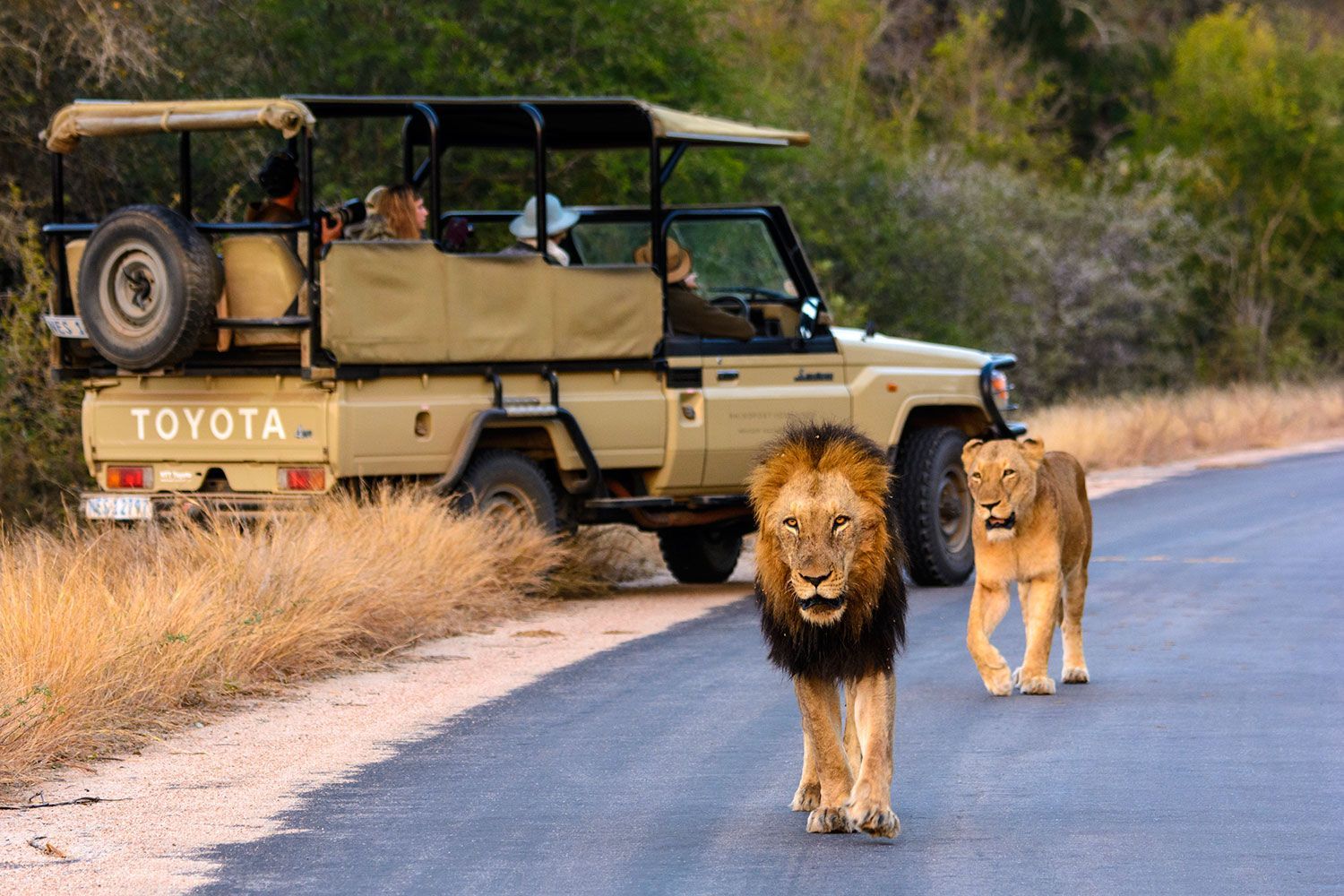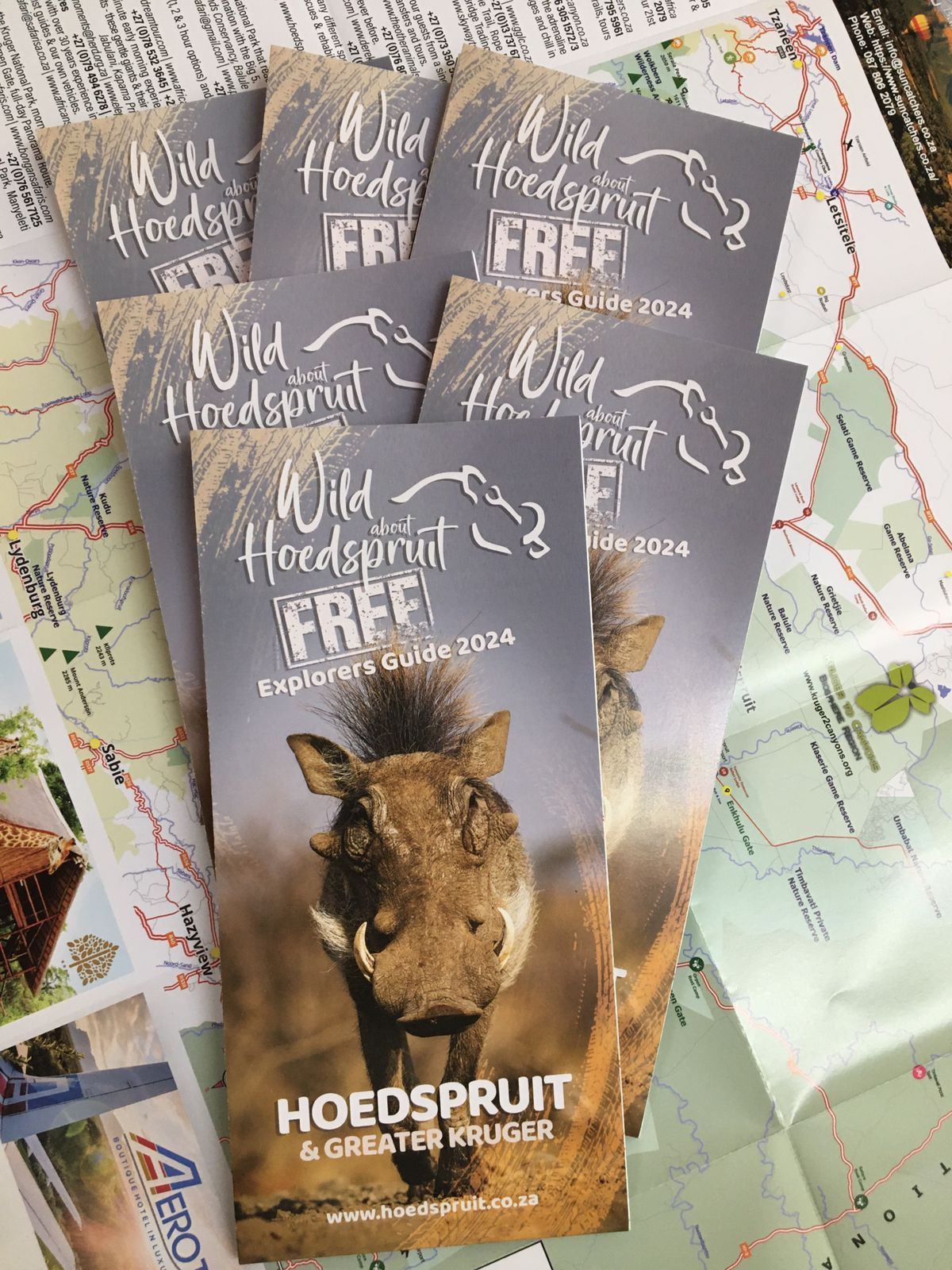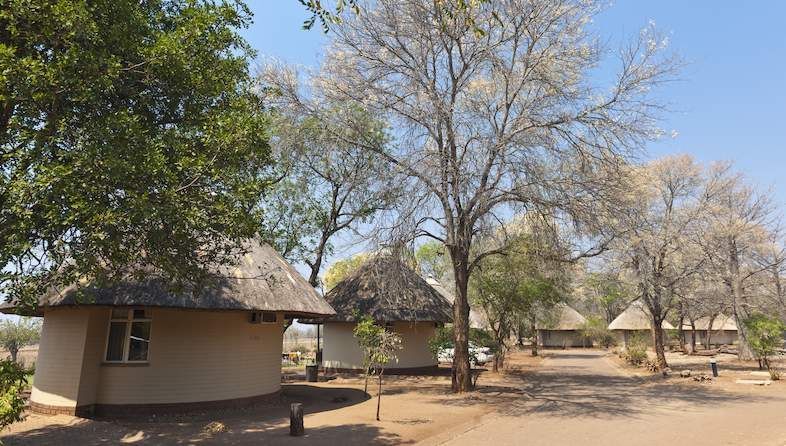The Marabou Stork in Kruger National Park: A Complete Guide
The Marabou Stork, with its distinctive appearance and fascinating behavior, adds a unique touch to the diverse wildlife of Kruger National Park. This large bird, often seen near water sources, captures the attention of visitors with its impressive stature and intriguing habits.
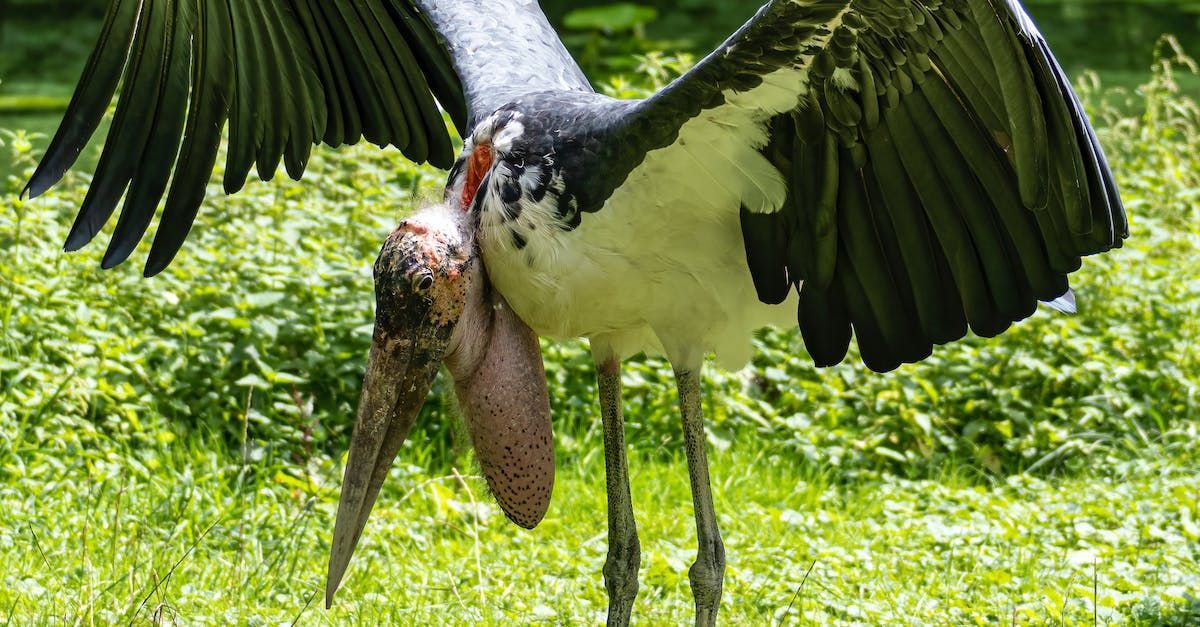
Why It's an Exciting Species to Encounter in Kruger
The Marabou Stork's imposing presence and scavenging behavior make it an exciting species to encounter in Kruger. Observing these birds provides insight into their crucial role in the park's ecosystem as both scavengers and opportunistic hunters.
Identification
Physical Characteristics
The Marabou Stork is a large bird with a wingspan exceeding 3 meters. It has a bald head and neck, contrasting with a feathered body. Its long, thin legs and massive, wedge-shaped bill contribute to its distinct appearance.
Unique Features for Easy Identification
One of the most recognizable features is the inflatable throat pouch that becomes prominent during breeding season. Additionally, its bald head and neck aid in keeping it clean while feeding on carrion.
Fascinating Facts
Interesting and Lesser-Known Facts about the Marabou Stork
Marabou Storks are nature's cleanup crew, playing a crucial role in maintaining the park's hygiene by scavenging on carrion. They have been observed standing on the backs of large herbivores, waiting to feed on insects stirred by their movements.
Its Role in the Ecosystem
As scavengers, Marabou Storks help prevent the spread of diseases by consuming carrion that could otherwise become a breeding ground for pathogens. Their presence contributes to the overall health of the park's wildlife.
Habitat and Range
Where in Kruger Can You Find the Marabou Stork?
Marabou Storks are commonly found near water sources, including rivers, lakes, and dams. They prefer areas with abundant food resources, making them a frequent sight in the central and southern regions of Kruger.
Preferred Habitats and Behaviors
These storks are adaptable and can be found in various habitats, including grasslands, savannas, and wetlands. Their scavenging behavior often leads them to congregate near large mammals and water bodies.
Best Times for Sighting
Seasonal Variations in Visibility
Marabou Storks are present throughout the year, but their visibility may increase during the dry season (May to September) when water sources become concentrated, leading to more significant animal activity.
Preferred Times of the Day
While Marabou Storks are active during the day, they are often seen near dawn and dusk, taking advantage of cooler temperatures and optimal lighting conditions for both feeding and observation.
Behavior and Social Structure
Behavioral Patterns and Interactions
These storks exhibit a range of behaviors, from scavenging on carrion to actively hunting small animals. They are generally solitary when feeding but can form large groups around abundant food sources.
Social Dynamics if Applicable
While they are not highly social birds, Marabou Storks can be seen in groups, especially at carcasses. Dominance hierarchies exist within these groups, with larger and older individuals often asserting themselves.
Conservation Status
Current Conservation Status
Marabou Storks are categorized as "Least Concern" by the International Union for Conservation of Nature (IUCN). Their adaptability to various habitats and ability to thrive in both urban and natural environments contribute to their stable population.
Any Particular Threats or Challenges the Species Faces
While not currently facing significant threats, Marabou Storks may be affected by habitat loss and changes in the availability of carrion due to human activities. Ongoing monitoring is essential to address potential future challenges.
Tips for Spotting
Key Signs to Look For
Look for these storks near water sources, especially where large mammals gather. Scan the skies for their distinctive silhouette or observe them standing near carcasses. Patience and keen observation will increase your chances of a sighting.
Popular Regions within Kruger for Sightings
Hotspots for Marabou Stork sightings include the Lower Sabie region, the Crocodile River, and areas near large water bodies such as Lake Panic. Game drives along rivers and dams are likely to yield rewarding encounters.
The Marabou Stork, with its scavenging role and adaptable nature, is an integral part of Kruger National Park's ecosystem. Observing these birds provides a deeper understanding of the intricate balance within the park's wildlife, highlighting the significance of every species, no matter how unassuming.
Additional Resources
Share This Article
Quicklinks
Related Articles
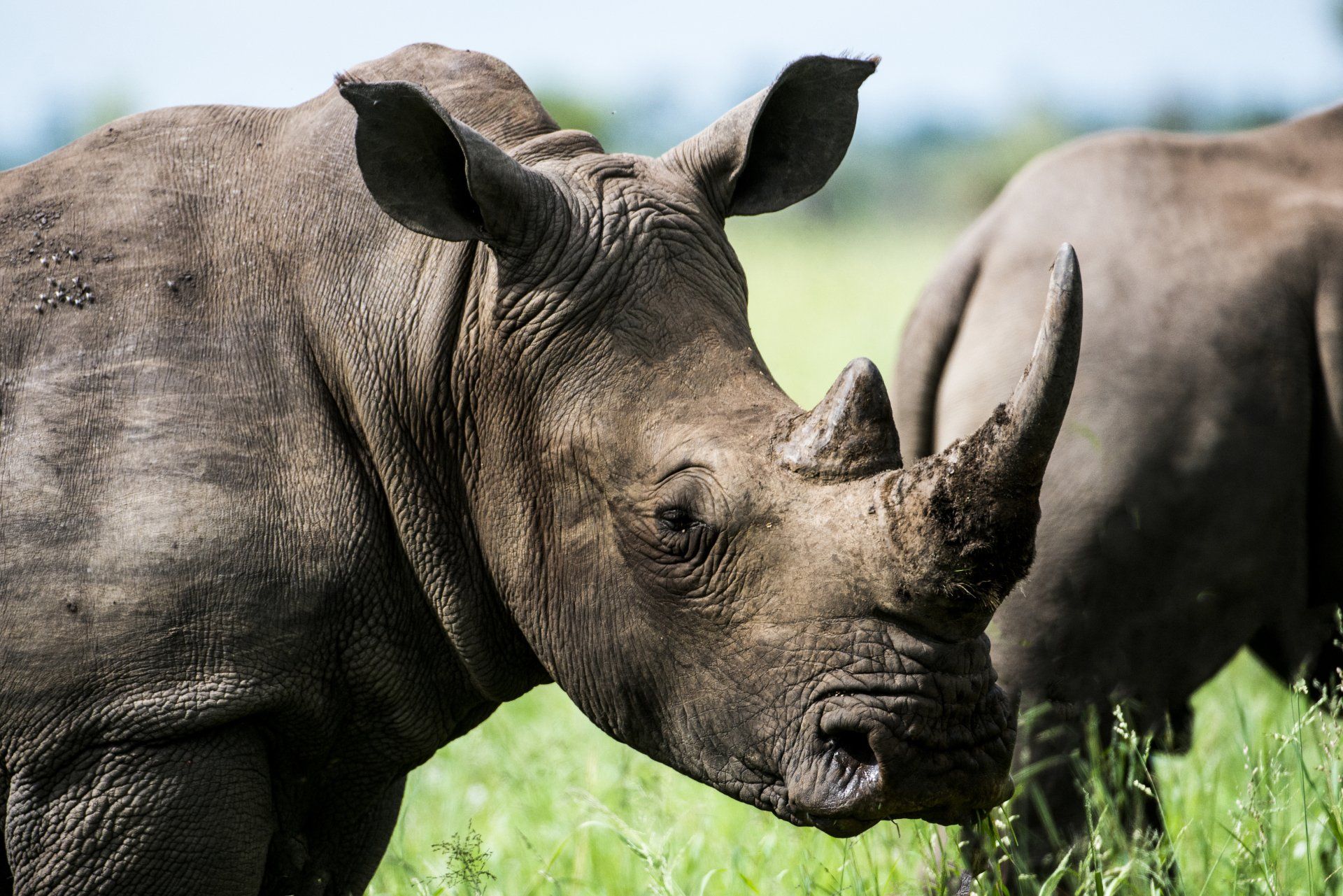
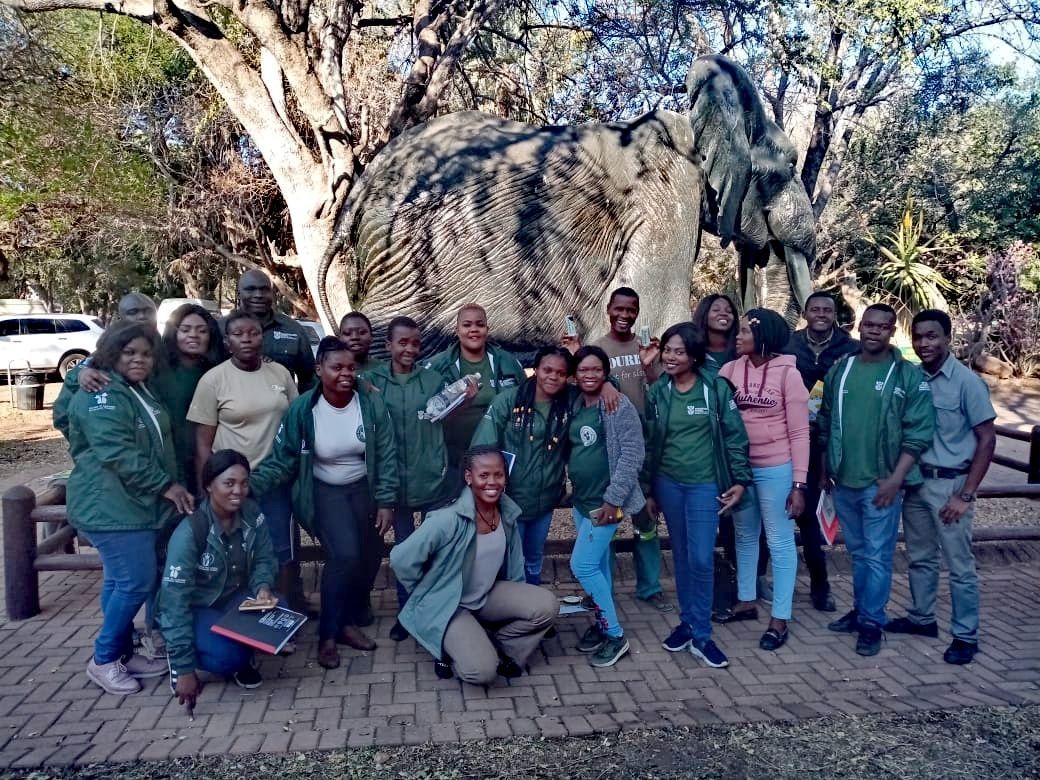
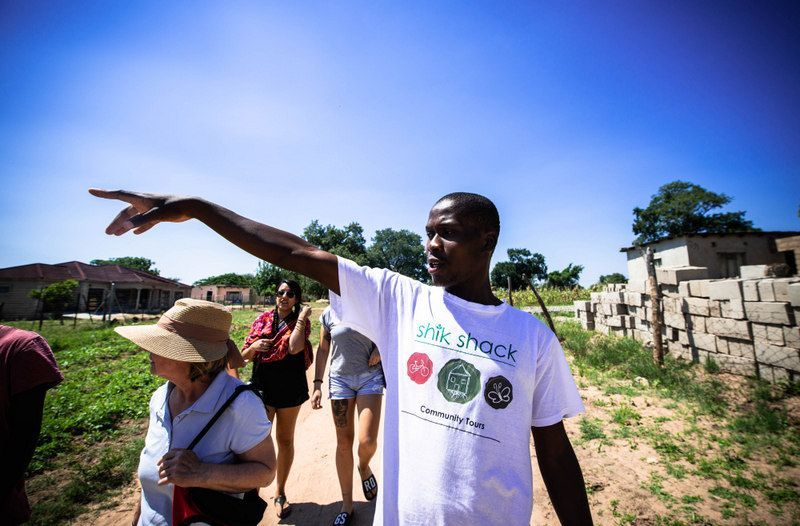

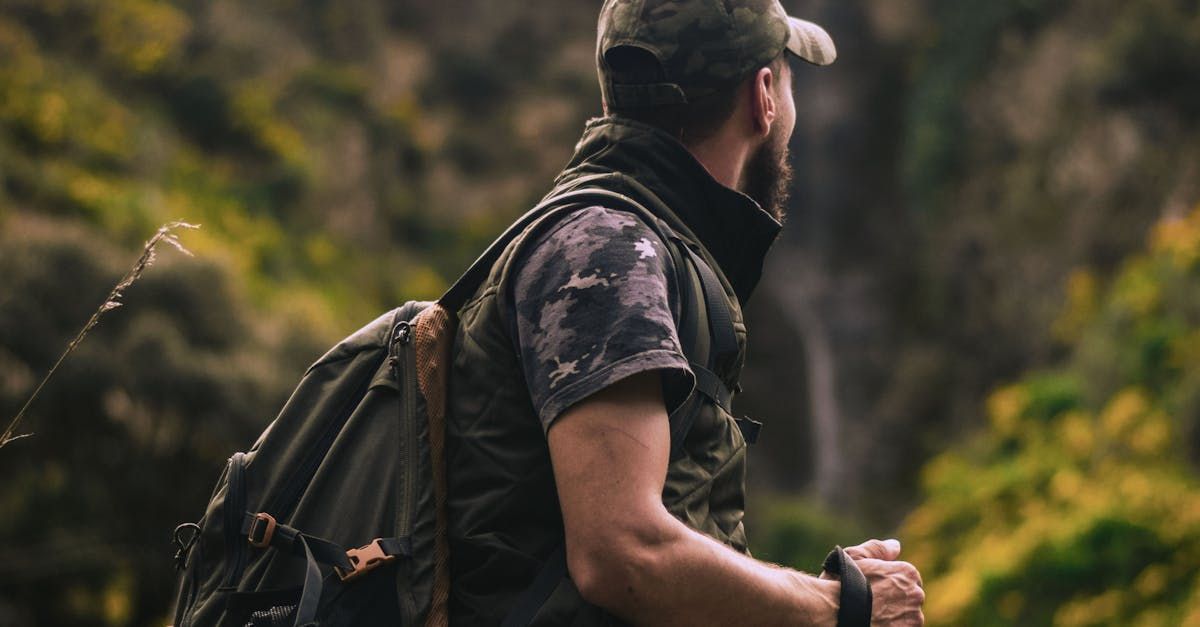

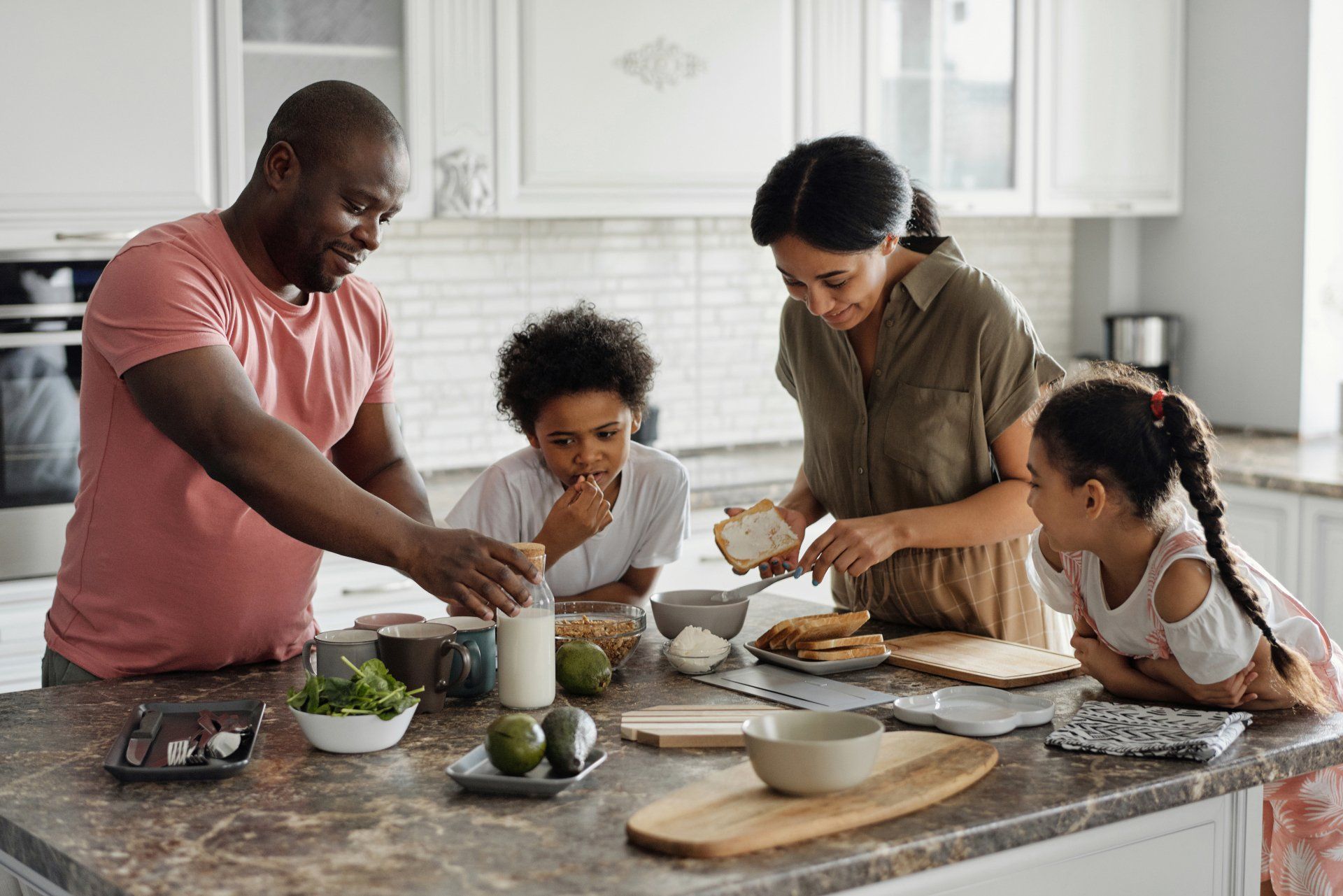
Hoedspruit Articles




